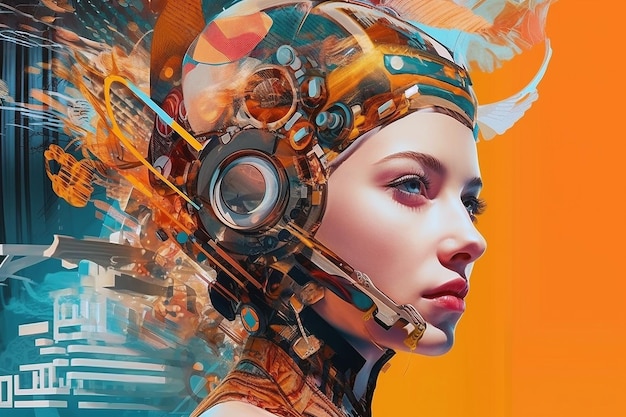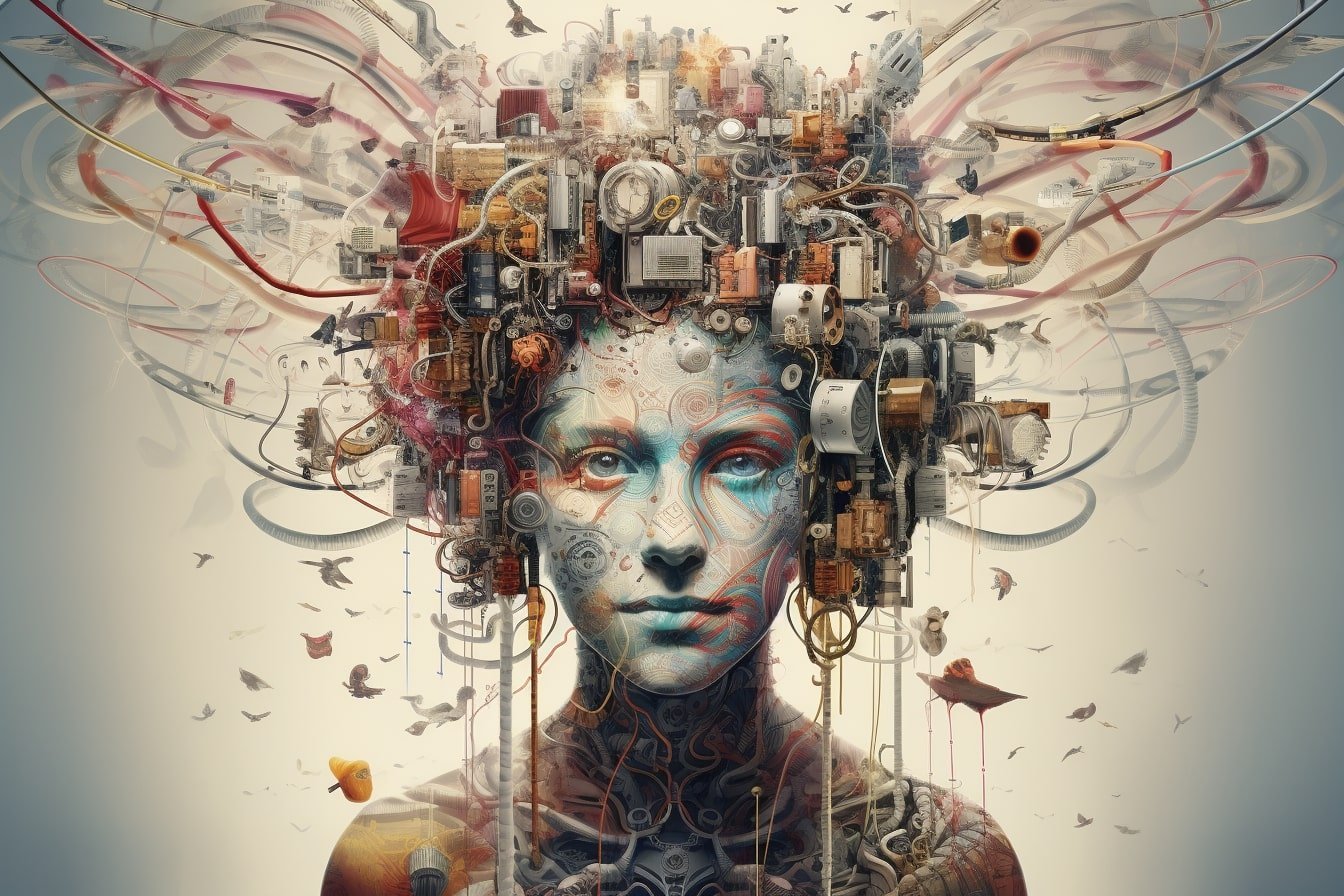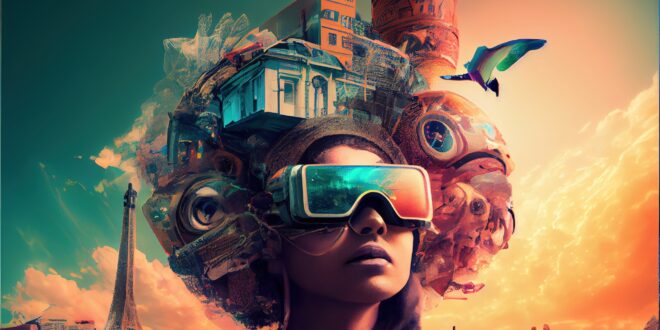In an ever-evolving technological landscape, the rise of AI-generated content has become increasingly prevalent. From chatbots to deepfakes, the presence of artificially created persons is becoming more difficult to distinguish from real individuals. As a result, it has become essential to develop methods and techniques to identify AI-created personas. Understanding the nuances and patterns in language use, sentence structure, and information dissemination can help in effectively pinpointing the origins of content.
This guide aims to provide insights and strategies for differentiating between AI-generated and human-created personas, shedding light on the intricacies of this growing phenomenon. By exploring the distinctive features and characteristics of AI-generated content, individuals can better navigate the digital landscape and make informed decisions regarding the authenticity of online personas.
Introduction to AI-Created Persons

Welcome to the Introduction to AI-Created Persons, a fascinating topic that explores the concept of artificial intelligence generating personas that mimic human behavior and characteristics. As technology advances, the ability of AI to create realistic and authentic personas continues to improve, posing both exciting opportunities and potential ethical implications.
Understanding how to identify AI-generated personas is becoming increasingly important in our digital world, where interactions and data sharing with individuals online are commonplace. This guide will delve into various methods and techniques for detecting AI-created persons, providing valuable insight for those navigating the evolving landscape of artificial intelligence.
Understanding AI-Generated Content

When diving into the realm of AI-generated content, it is important to understand the distinguishable qualities that set it apart from human-created content. One key factor to consider is the uniformity of sentences within AI-generated text. While humans tend to write with a mix of longer, complex sentences and shorter, more simplistic ones, AI sentences often lack this variation.
This uniformity can be a telltale sign that the content in question has been generated by artificial intelligence rather than a human writer. By recognizing these differences in sentence structure and style, individuals can develop a keen eye for identifying AI-created content with greater accuracy.
Methods for Detecting AI-Created Persons

When it comes to identifying AI-created persons, there are several methods and techniques that can be utilized to distinguish between artificial and human-generated content. One such method is examining the language and syntax used in the text. AI-generated content tends to be more uniform in structure and lacks the variation typically found in human writing.
Additionally, looking for inconsistencies in style and tone can also help detect AI-created persons. Another method is analyzing the content for logical inconsistencies or errors that may be more prevalent in AI-generated text. By incorporating these various methods, individuals can better distinguish between AI-generated and human-created content.
Conclusion
In conclusion, the methods and techniques outlined in this guide provide valuable insights into identifying AI-created persons. By understanding the tell-tale signs of generated individuals, such as inconsistencies in images and text, inadequate responses to questions, and the absence of social media presence, one can better discern the presence of AI-generated entities.
It is important to remain vigilant and critical when encountering online profiles and personas, as the technology behind AI-generated persons continues to advance. By recognizing the potential existence of AI-generated individuals, we can navigate the digital landscape with a greater sense of awareness and caution, ultimately safeguarding ourselves against potential misinformation and deception. Remember, this person does not exist, so it is crucial to always question the authenticity of online personas.
 HQ Grande Prairie HQ Grandie Prairie is an online news portal aimed at providing latest day to day happenings of the World to its viewers.
HQ Grande Prairie HQ Grandie Prairie is an online news portal aimed at providing latest day to day happenings of the World to its viewers.

